Prepare to be captivated by Lake Mainit, a stunning freshwater gem between Surigao del Norte and Agusan del Norte in the heart of northeastern Mindanao!
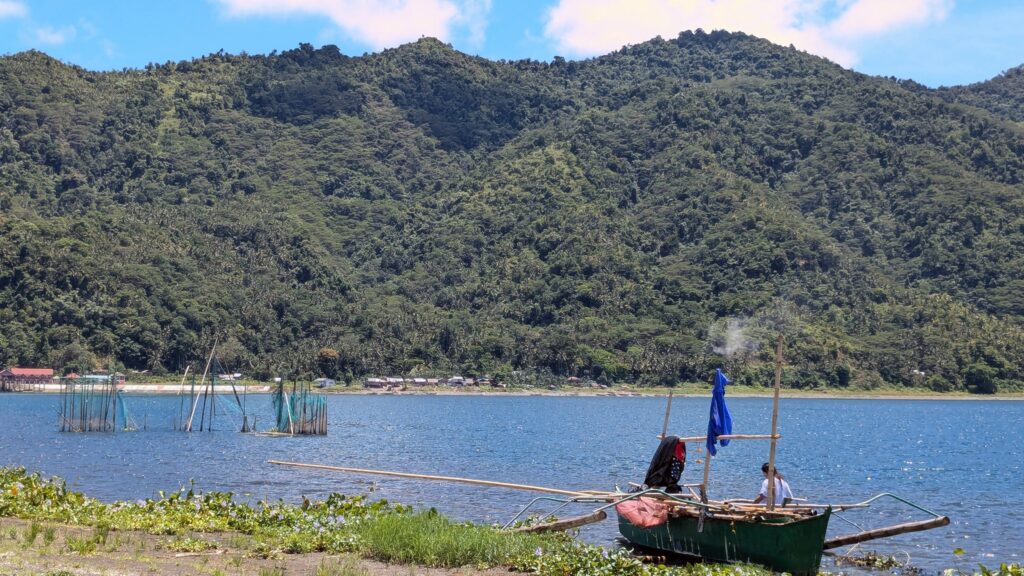
This idyllic lake is not only a feast for the eyes but also a record-breaker, promising adventure and wonder at every turn.
Overview & Location
The fourth largest lake in the Philippines, covering 173.4 km² the title the deepest lake in the country, reaching depths of approximately 223 meters. The lake is shared by the municipalities of Mainit, Alegria, Jabonga, and Kitcharao and is surrounded by hills and secondary forests typical of the Caraga region which is accessible via the Philippine-Japan Friendship Highway.
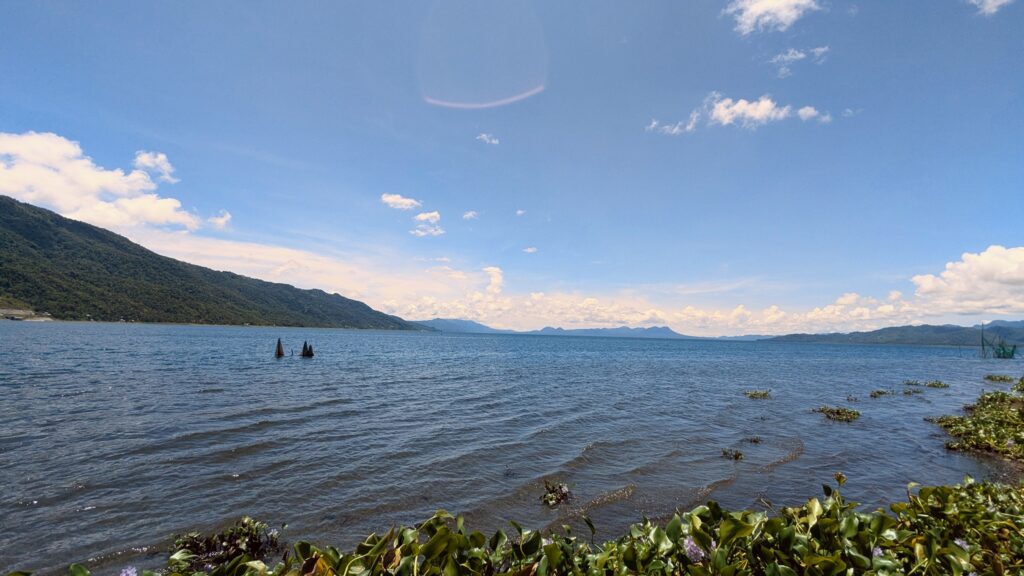
Biodiversity & Ecosystem
Lake Mainit is considered a key biodiversity area, supporting a delicate balance of endemic and migratory species. It’s clear, oxygen-rich waters sustain a variety of freshwater fish such as casili (eel), hayuan (mudfish), gurami, tilapia, carp, and catfish, with native goby species like pijanga and bugwan also present. Around its marshy peripheries and estuarine zones, birds such as the Mindanao forest kingfisher, white-breasted sea eagle, and Mindanao scops owl find refuge, particularly during the migratory season from January to March. Flora in the area is equally rich, with sightings of fire orchids (Vanda hookeriana), narra, molave, kamagong, and Indian lotus (Nelumbo nucifera), among others.
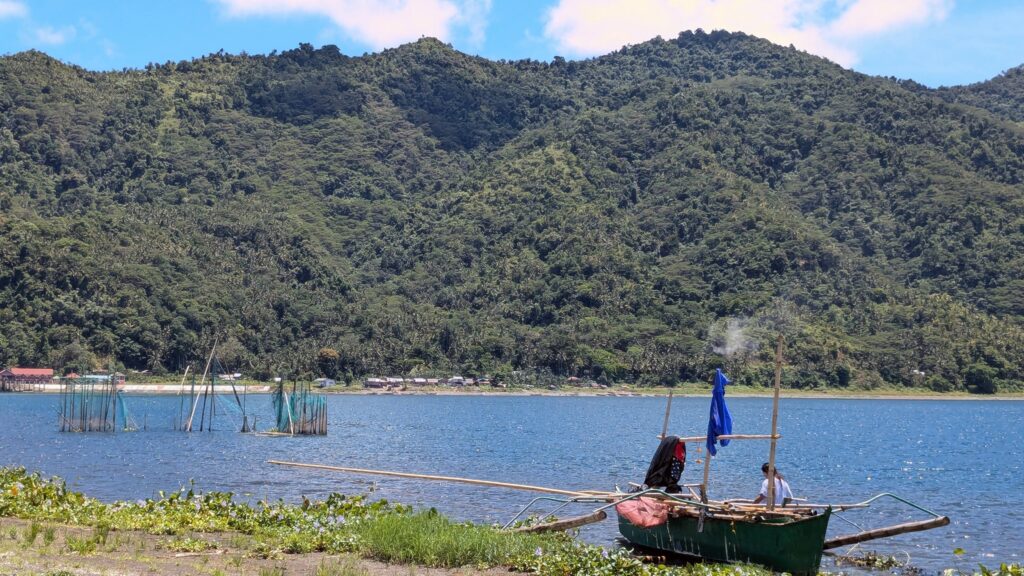
Though largely untouched by mass tourism, Lake Mainit faces environmental pressures such as exotic species intrusion, open-access fishing, and water quality degradation, prompting calls for stronger conservation frameworks.
Activities To Do & Attractions to See
Lake Mainit offers a tranquil setting ideal for nature-based and cultural activities. Boating and kayaking are popular on its still waters, while fishing remains a livelihood and recreational pastime, particularly for visitors wanting to try local catches like pijanga. Birdwatching along the lake’s fringes is especially vibrant in the first quarter of the year, and swimming is possible in certain shallow zones or nearby pools fed by natural hot springs.
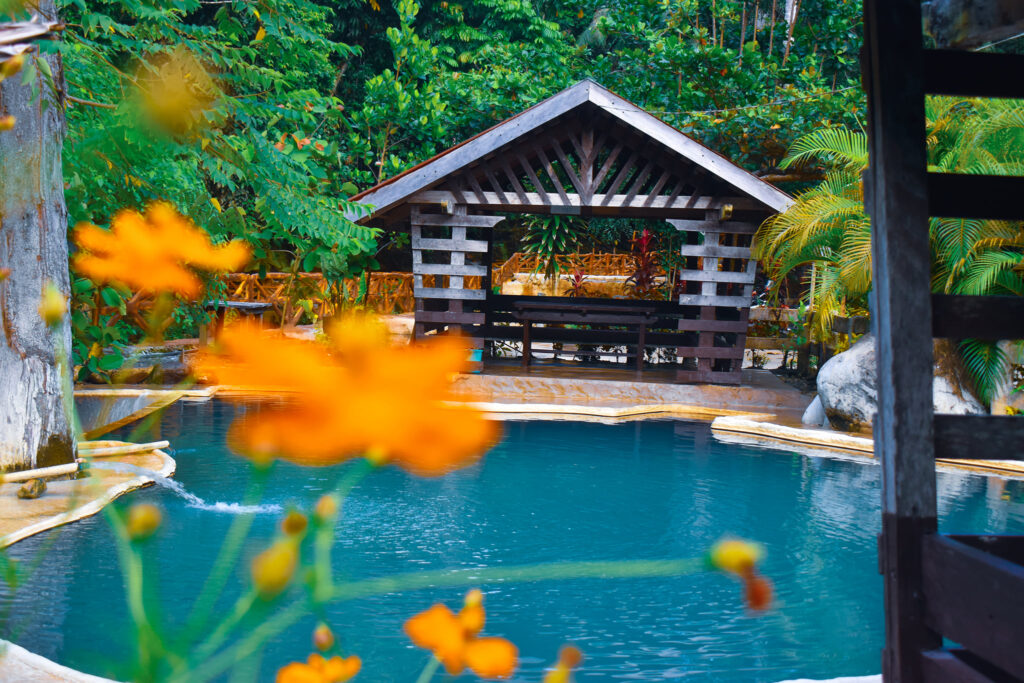
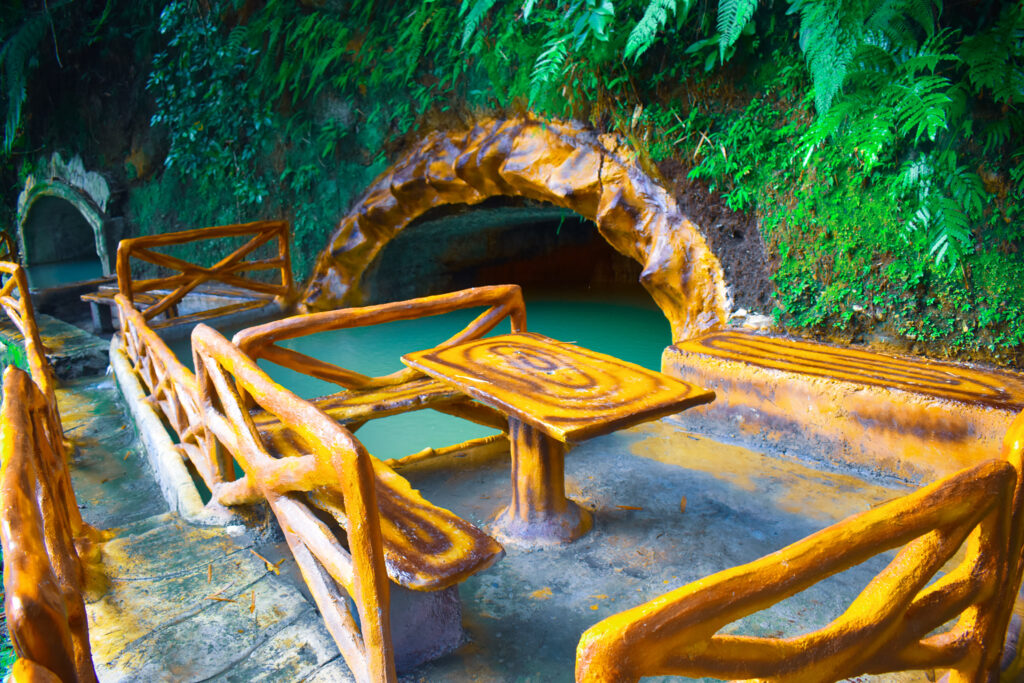
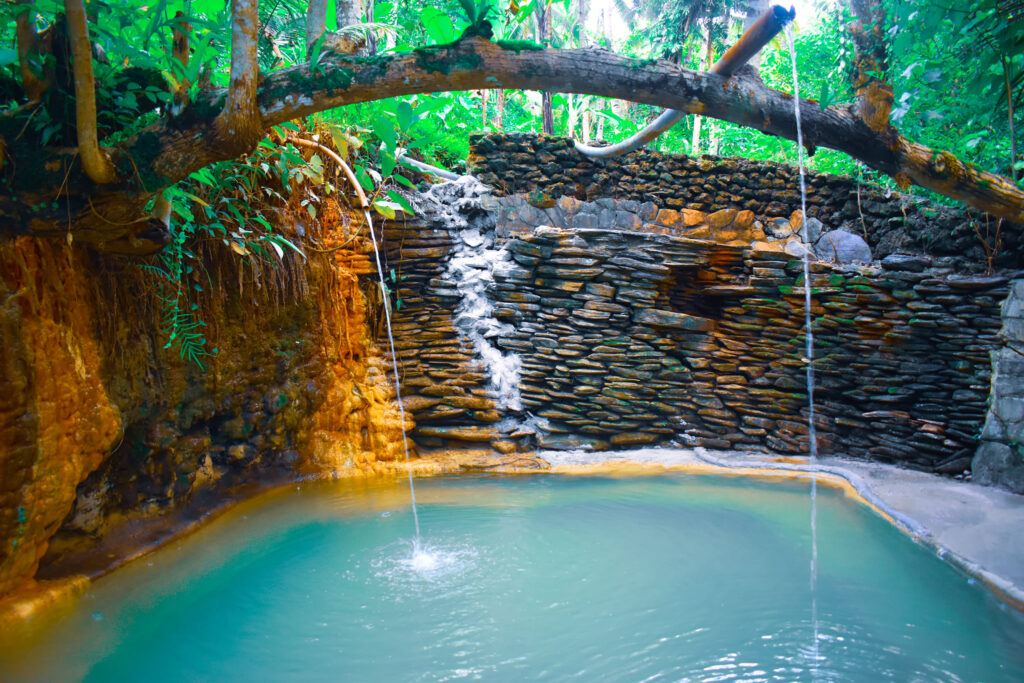
One such spot is the Mapaso Hot Spring, where warm sulfuric waters provide a therapeutic experience. Lakeside towns such as Mainit also invite cultural immersion through their heritage homes, community markets, and long-standing hospitality, offering travelers a deeper understanding of life shaped by the lake’s rhythms.
Historical & Cultural Notes
The name Mainit translates to “hot” in Visayan, referencing the geothermal activity found near Mapaso Hot Spring, which connects to the lake via river systems. Historically, Lake Mainit was home to nomadic tribal groups and early indigenous groups such as the Mamanwa and Manobo people before Spanish contact and later Moro raids influenced resettlement patterns.
During World War II, the region served as a hub for underground resistance fighters and post-war rehabilitation efforts, with figures like Mayor Ceferino Lozada shaping much of the early local governance. Deeply woven into indigenous lore and ancestral belief systems, the lake is viewed by locals as a living entity, a source not only of sustenance but of spiritual grounding.
So if you’d like to visit the lake, prepare the necessary things to bring to maximize your time at the lake. So, what are you waiting for? Tara na!
How to get there
Exact Location: Between Agusan del Norte and Surigao del Norte, Philippines
- By Commute: From Surigao City, take a van or bus bound for Mainit (approx. 2 hours). Alternatively, take a ferry to Lipata Port, then a van to Mainit
- By Car: Drive south via the Surigao–Mainit Road. You can also make use of your navigation apps like Google Maps or Waze and search “Lake Mainit Surigao” as the destination, with drive times ranging from 45 to 55 minutes from Surigao proper.



Comments are closed.